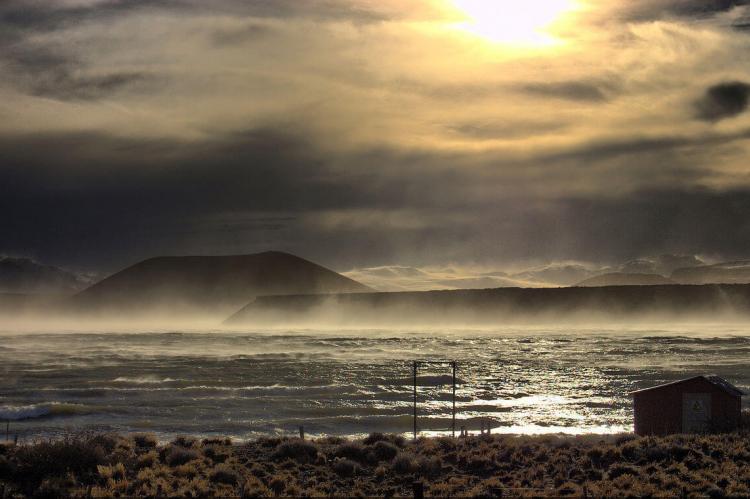Laguna Blanca Biosphere Reserve (Argentina)
With altitudes reaching almost 6,000 m (19,685 ft), the Laguna Blanca Biosphere Reserve features a typical arid Andean landscape, with a saline lake in the main depression and surrounding rocky formations. It is located in the Andean natural region of northwest Argentina.
Laguna Blanca Biosphere Reserve
With altitudes reaching almost 6,000 m (19,685 ft), the Laguna Blanca Biosphere Reserve features a typical arid Andean landscape, with a saline lake in the central depression surrounded by rocky formations. It is located in the Andean natural region, province of Catamarca, in northwest Argentina.
The creation of the Biosphere Reserve was initially aimed at conserving the vicuña, endangered due to poaching. This goal led to elaborating sustainable handling strategies, such as reviving the so-called Chaku, an ancient Inca practice of capturing, shearing and releasing the vicuñas.
The Laguna Blanca Biosphere Reserve encompasses a typical treeless Patagonian steppe with crystalline rocks, including some sedimentary rocks with the genera Ostrea and Trigonia fossils. The total surface area of the reserve, including core, buffer and transition zones, is 640,505 ha (1,582,722 acres).
Laguna Blanca
The Biosphere Reserve contains the Laguna Blanca, a saline lake in the central depression, at 1,267 m (4,156 ft) above sea level, surrounded by forest and mountains.
Flora and Fauna
The area is particularly interesting for its birds, including the black-necked swan (Cygnus melanocoryphus), which is abundant here. Geese found on the lake include the upland goose (Chloephaga picta), shoveler (Anas platalea), and blue-billed duck (Oxyura australis).
Mammals within the Reserve include the opossum (Marmosa pallidior) and the skunk (Conepatus suffocans enuchus).
Archaeology
Near the lagoon is the Salamanca cave, historically inhabited by humans, where rock paintings, typical of northern Patagonia, can be seen. Other Mapuche and prehistoric human artifacts have been found in the reserve.
Socio-Economic
The approximately 600 inhabitants living in the transition areas are engaged in traditional practices, including livestock raising (sheep, goats, mules and cattle).
In addition, approximately 2,500 tourists visit the reserve each year for ecotourism and environmental education.
